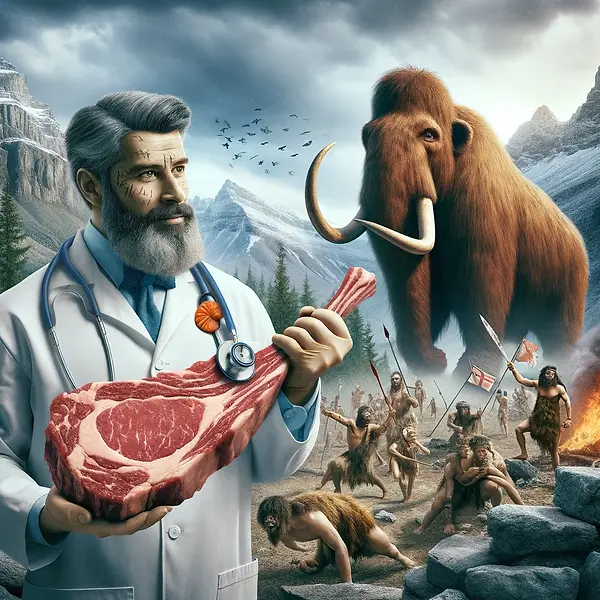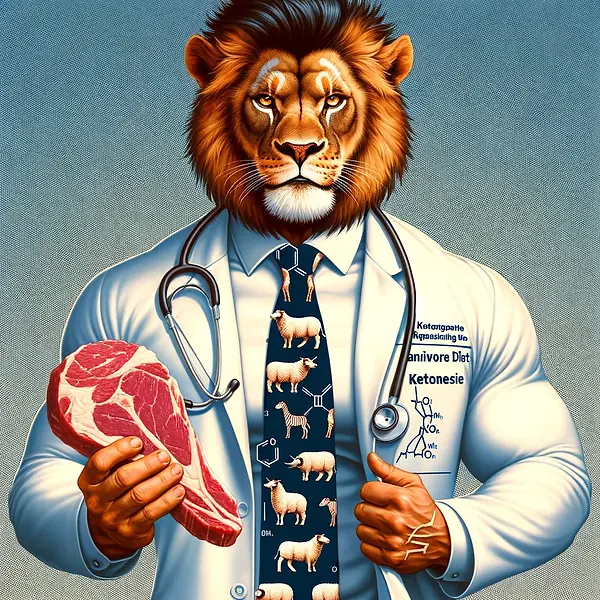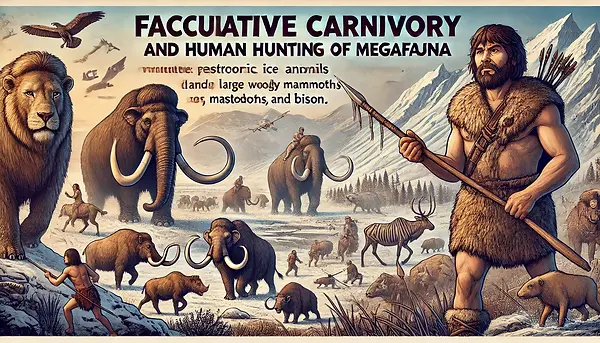
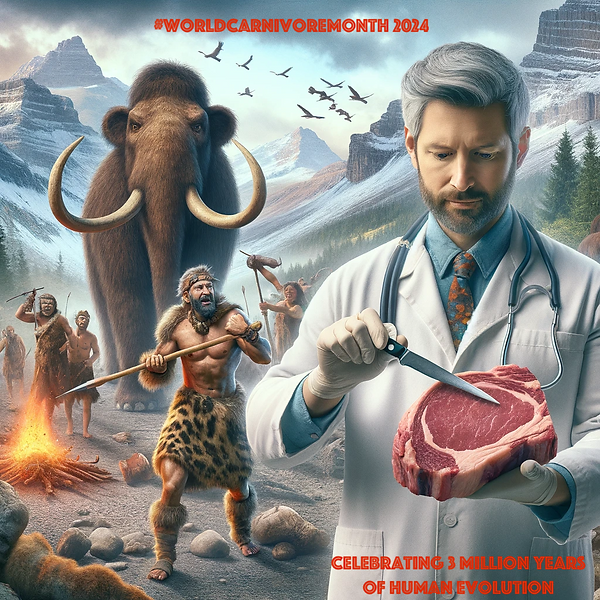
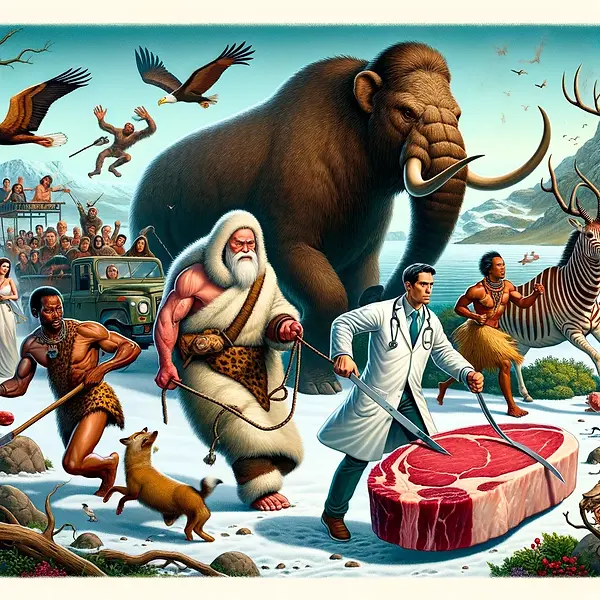
Title:
Man the Fat Hunter
Abstract:
Man the Fat Hunter: The Demise of Homo erectus and the Emergence of a New Hominin Lineage in the Middle Pleistocene (ca. 400 kyr) Levant
Details
It is likely that humans preferred large herbivores given the abundance of their biomass, the relative ease of hunting them, net caloric returns, and their higher fat content, which accommodates physiological limits on protein consumption
Man the Fat Hunter: The Demise of Homo erectus and the Emergence of a New Hominin Lineage in the Middle Pleistocene (ca. 400 kyr) Levant
Abstract
The worldwide association of H. erectus with elephants is well documented and so is the preference of humans for fat as a source of energy. We show that rather than a matter of preference, H. erectus in the Levant was dependent on both elephants and fat for his survival. The disappearance of elephants from the Levant some 400 kyr ago coincides with the appearance of a new and innovative local cultural complex – the Levantine Acheulo-Yabrudian and, as is evident from teeth recently found in the Acheulo-Yabrudian 400-200 kyr site of Qesem Cave, the replacement of H. erectus by a new hominin. We employ a bio-energetic model to present a hypothesis that the disappearance of the elephants, which created a need to hunt an increased number of smaller and faster animals while maintaining an adequate fat content in the diet, was the evolutionary drive behind the emergence of the lighter, more agile, and cognitively capable hominins. Qesem Cave thus provides a rare opportunity to study the mechanisms that underlie the emergence of our post-erectus ancestors, the fat hunters.
Hypothesis:

